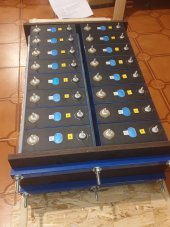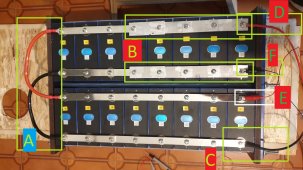NICO_SOLAR
New Member
- Joined
- Aug 20, 2022
- Messages
- 6
Hello everyone,
I'm Nicola from Italy. I'm making this post to share my personal 48V battery build. Online you can find tons of informations. So many informations that becomes difficult especially for a beginner to choose what to do and what not to do. So here I am, asking you to follow my journey and share your knoledge to help me building the battery. Thank you!
I just received 16 matched LF280K cells from Amy Wan Luyuan. @Steve_S
I also bought:
16pcs grade B battery
1pcs JK BMS JK-B2A24S20P
1pcs TESTER YR 1035+
1pcs EBC-A40L High Current Power Battery Capacity Tester
20pcs INSULATION SHEET
2pcs red black 150A power terminals
The cells looks good, only minor defects, some have slight swelling, all the cells voltages and internal resistance IR were tested.
All the cells were between 3.2931----3.2963 Volts, with an IR of 0.2 and 0.21 mΩ.
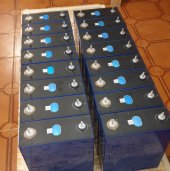
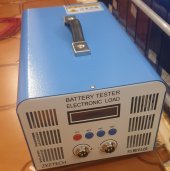
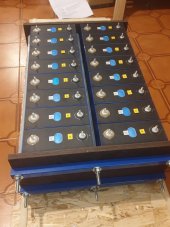
Now i want to top balance them. To be on the safe side, i will balance them first to 3.55v unattended, then to 3.6V
As the voltage difference between each cell is small 0.003v (smaller than<0.15V recommended) i'll connect them in parallel using the bus bars provided without pre-balance them.
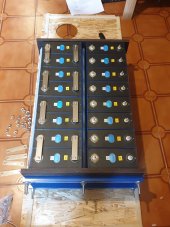
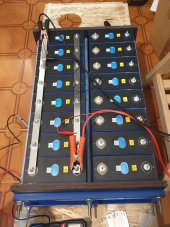
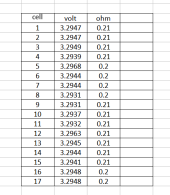
Any suggestion, advice is always welcome!
Links
This is swollen or normal?

Explanation for Beginners of Top and Bottom Balance

 diysolarforum.com
diysolarforum.com
Should I make LiFePO4 Battery Compression?
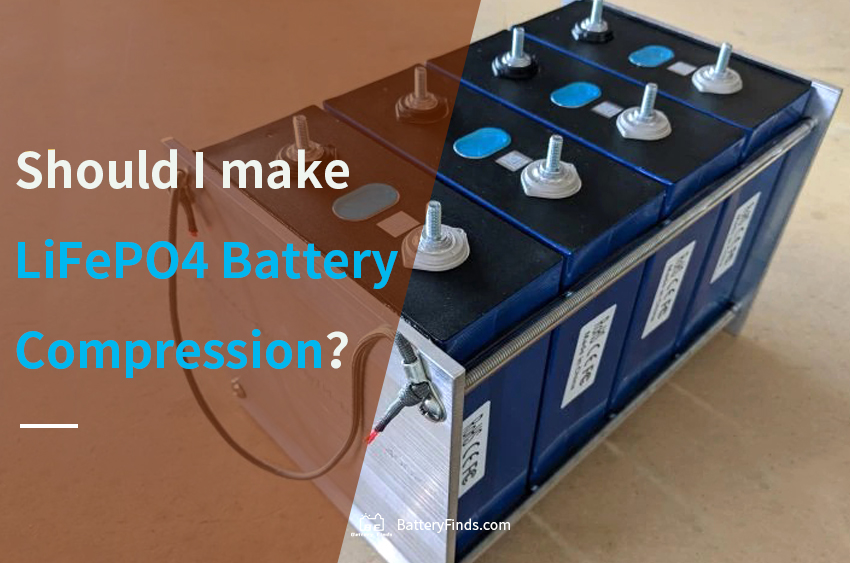
 batteryfinds.com
batteryfinds.com
Luyuan Tech Basic Lifepo4 Guide

 diysolarforum.com
diysolarforum.com
I'm Nicola from Italy. I'm making this post to share my personal 48V battery build. Online you can find tons of informations. So many informations that becomes difficult especially for a beginner to choose what to do and what not to do. So here I am, asking you to follow my journey and share your knoledge to help me building the battery. Thank you!
I just received 16 matched LF280K cells from Amy Wan Luyuan. @Steve_S
I also bought:
16pcs grade B battery
1pcs JK BMS JK-B2A24S20P
1pcs TESTER YR 1035+
1pcs EBC-A40L High Current Power Battery Capacity Tester
20pcs INSULATION SHEET
2pcs red black 150A power terminals
The cells looks good, only minor defects, some have slight swelling, all the cells voltages and internal resistance IR were tested.
All the cells were between 3.2931----3.2963 Volts, with an IR of 0.2 and 0.21 mΩ.


Yesterday i've built a simple compression device. I've barely compressed the cells. I will use the compression device only to keep the cells firm, prevent swelling and bus bars from bending. I will not compress them to the 200kgf.Cm pressure (as the producer recommends) as i have no way to measure the force.
Now i want to top balance them. To be on the safe side, i will balance them first to 3.55v unattended, then to 3.6V
As the voltage difference between each cell is small 0.003v (smaller than<0.15V recommended) i'll connect them in parallel using the bus bars provided without pre-balance them.



Any suggestion, advice is always welcome!
Links
This is swollen or normal?

Explanation for Beginners of Top and Bottom Balance

Explanation for Beginners of Top and Bottom Balance
This is a beginners explanation of top and bottom balancing cells that should help you understand what it is all about. To get the document, click on the orange button at the top of the page. NOTE: This is not intended to be a tutorial of how...
Should I make LiFePO4 Battery Compression?

Should I make LiFePO4 Battery Compression?
Currently, LiFePO4 battery compression is the more recommended practice, which can prolong battery life and enhance performance.
 batteryfinds.com
batteryfinds.com
Luyuan Tech Basic Lifepo4 Guide

Luyuan Tech Basic Lifepo4 Guide
This document was posted to the forum by Amy from Shenzhen Luyuan and written by Steve S. It was meant to be posted as a resource. Below is her description of the resource: Dear all friends in the forum, This file in the attachment was...
Attachments
Last edited:



